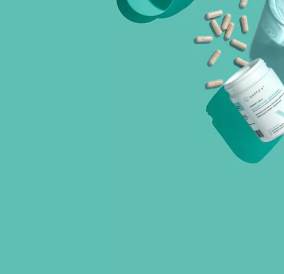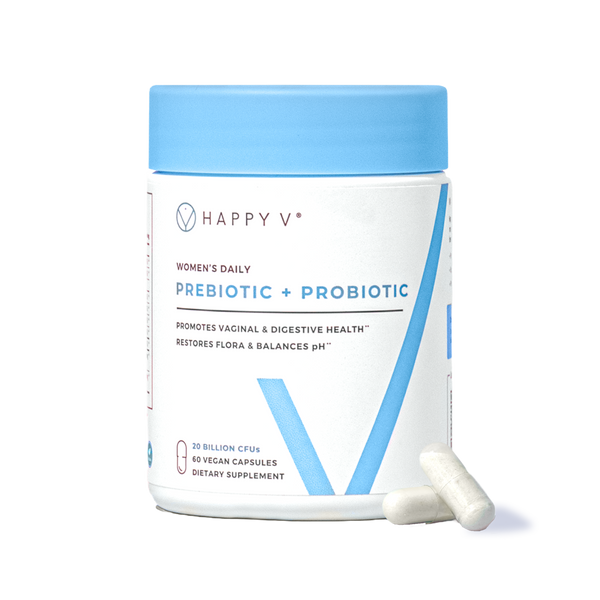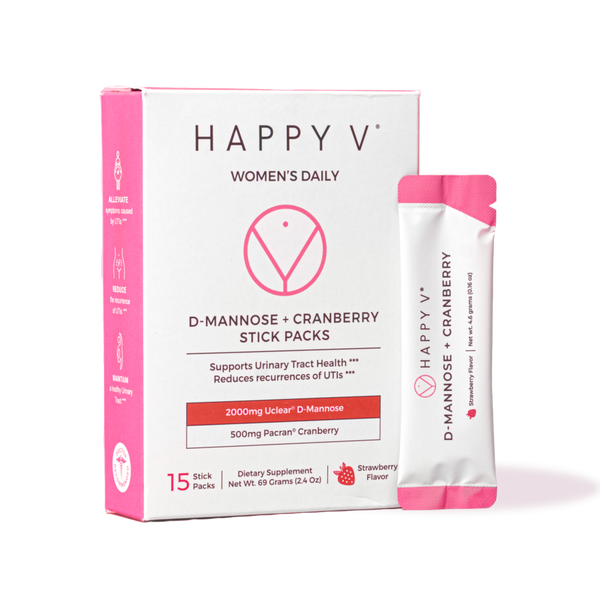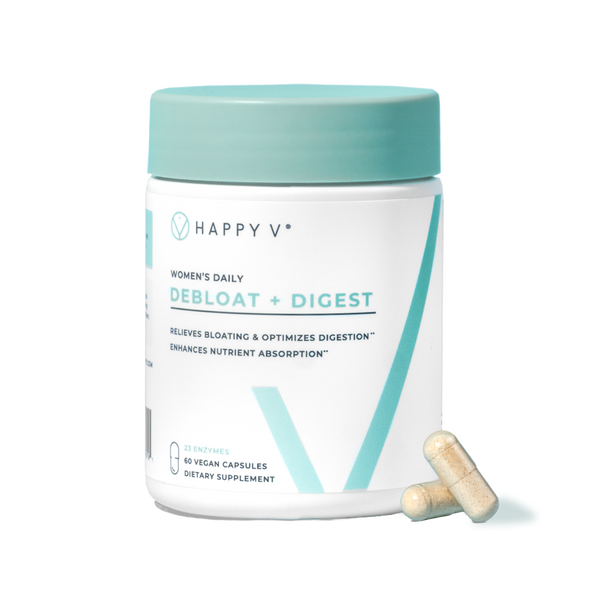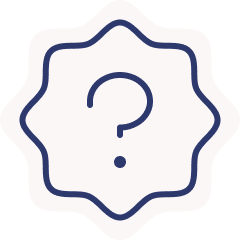Chasteberry
In a study showing the comparison between chasteberry vitex with vitamin B6 and fluoxetine, the combinations have been found to be effective in treating Premenstrual Syndome cramping. Studies suggest that taking vitamin B6 can help in reducing PMS symptoms such as back pain, water retention, anxiety and premenstrual depression too. B6 was also found to be effective in treating PMS related acne. Therefore, combining the herbal remedy (chasteberry) with Vitamin B6 supplement can greatly reduce the severity of PMS and PMDD)
(Cerqueira R, Frey B, Leclerc E, and Brietzke E. Vitex agnus-castus for premenstrual syndrome and premenstrual dysphoric disorder: a systematic review. Arch Womens Ment Health. 2017;20: 713-719)
